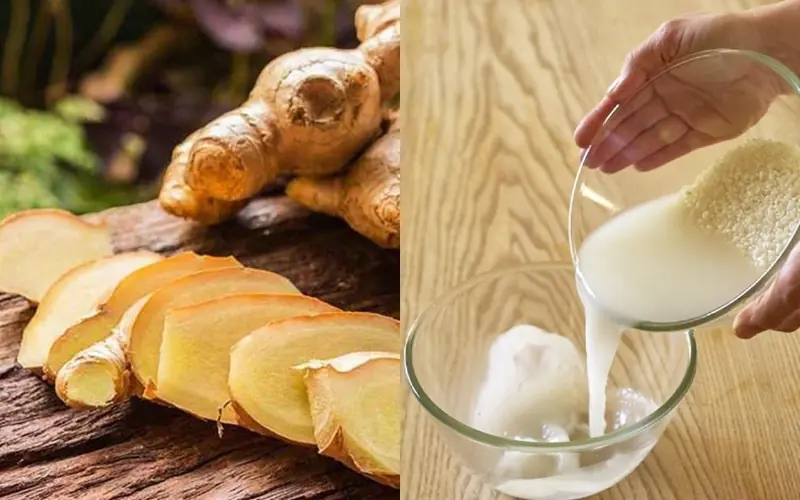
Expired fresh milk has 4 special uses
Expired Fresh Milk Has 4 Special Uses: Why Throwing It Away Is a Waste and How It Can Save You Money
Milk is a staple in many households around the world. It’s nutritious, delicious, and widely used in cooking and beverages. But what happens when fresh milk reaches its expiration date? Many people immediately throw it away, fearing spoilage or health risks. However, expired fresh milk can still be incredibly useful—it has several practical applications that can save you money and reduce waste.
In this article, we’ll explore four special uses for expired fresh milk, explain why tossing it out is wasteful, and share how keeping expired milk for these purposes can be beneficial in everyday life.
Why Expired Fresh Milk Shouldn’t Be Wasted
Expired milk means it’s past its “best before” date, but this doesn’t always mean it’s spoiled or unsafe. Milk can sour naturally when bacteria ferment its lactose, turning it tangy or clumpy. While this makes it unsuitable for drinking directly, the nutrients and properties of milk remain useful for other household applications.
Throwing away expired milk not only wastes money but also contributes to environmental pollution by increasing organic waste in landfills. Finding creative ways to reuse expired milk can help:
-
Save money by replacing store-bought products.
-
Reduce your household waste.
-
Utilize milk’s unique chemical properties for cleaning, gardening, and skincare.
4 Special Uses for Expired Fresh Milk
Here are four practical and easy ways to repurpose expired fresh milk that many people might not know about.
1. Natural Fertilizer for Plants
Expired milk is rich in calcium, proteins, and vitamins that plants love. It can be used as a natural fertilizer or plant food to promote healthy growth.
How to Use Expired Milk for Plants:
-
Dilute expired milk with water at a ratio of 1:2 or 1:3 (milk to water).
-
Pour the mixture around the base of your plants.
-
Apply once every 1-2 weeks for best results.
Milk helps strengthen plant cell walls and improve soil quality by providing essential nutrients. It’s especially effective for tomatoes, peppers, and roses.
2. Gentle Skin Moisturizer and Cleanser
Expired milk contains lactic acid, a natural alpha hydroxy acid (AHA) that gently exfoliates and hydrates the skin. It’s been used historically as a skin treatment for smoothness and brightness.
How to Use Expired Milk for Skin Care:
-
Soak a cotton ball in expired milk.
-
Gently apply to your face as a cleanser or toner.
-
Leave on for 10-15 minutes before rinsing with warm water.
This natural remedy helps remove dead skin cells and softens dry skin. It can also be used as a soothing compress for sunburns or skin irritation.
3. Homemade Cheese and Yogurt
If the milk has just started to sour but hasn’t spoiled completely, you can use it to make simple homemade cheese or yogurt.
Making Homemade Cheese:
-
Heat the expired milk slowly until it curdles.
-
Strain the curds through cheesecloth to separate whey.
-
Press the curds to remove excess liquid.
-
Season and enjoy fresh cheese.
Making Yogurt:
-
Use a small amount of expired milk mixed with fresh milk and a yogurt starter culture.
-
Incubate at warm temperatures until it thickens.
Both processes are economical ways to turn milk that’s too sour to drink into delicious dairy products.
4. Natural Cleaning Agent
Milk’s mild acidity makes it effective for cleaning and polishing certain household items.
Cleaning with Milk:
-
Use expired milk to polish leather shoes or bags by applying it with a soft cloth and then buffing.
-
Clean silverware and jewelry by soaking them in milk for a few minutes and wiping off tarnish.
-
Remove ink or stains from some fabrics by applying milk before washing.
These eco-friendly cleaning methods are gentle and chemical-free, making use of expired milk’s natural properties.
Tips for Safely Using Expired Milk
While expired milk has many uses, it’s important to use it safely:
-
Smell and inspect the milk before using; if it has an extremely foul odor or mold, discard it.
-
Use expired milk within a few days of expiration for best results.
-
Keep expired milk refrigerated to slow further spoilage.
-
Avoid ingesting milk that looks or smells spoiled.
-
When using on skin, do a patch test to check for irritation.
Conclusion
Expired fresh milk doesn’t have to be wasted. By discovering and applying these four special uses—as a plant fertilizer, skin care product, homemade cheese/yogurt base, and natural cleaner—you can save money and reduce household waste. Next time your milk passes its expiration date, consider giving it a second life with these simple, effective tips. Doing so not only benefits your wallet but also supports a more sustainable lifestyle.
Embrace the power of expired milk and turn what seems like waste into valuable resources right in your own home!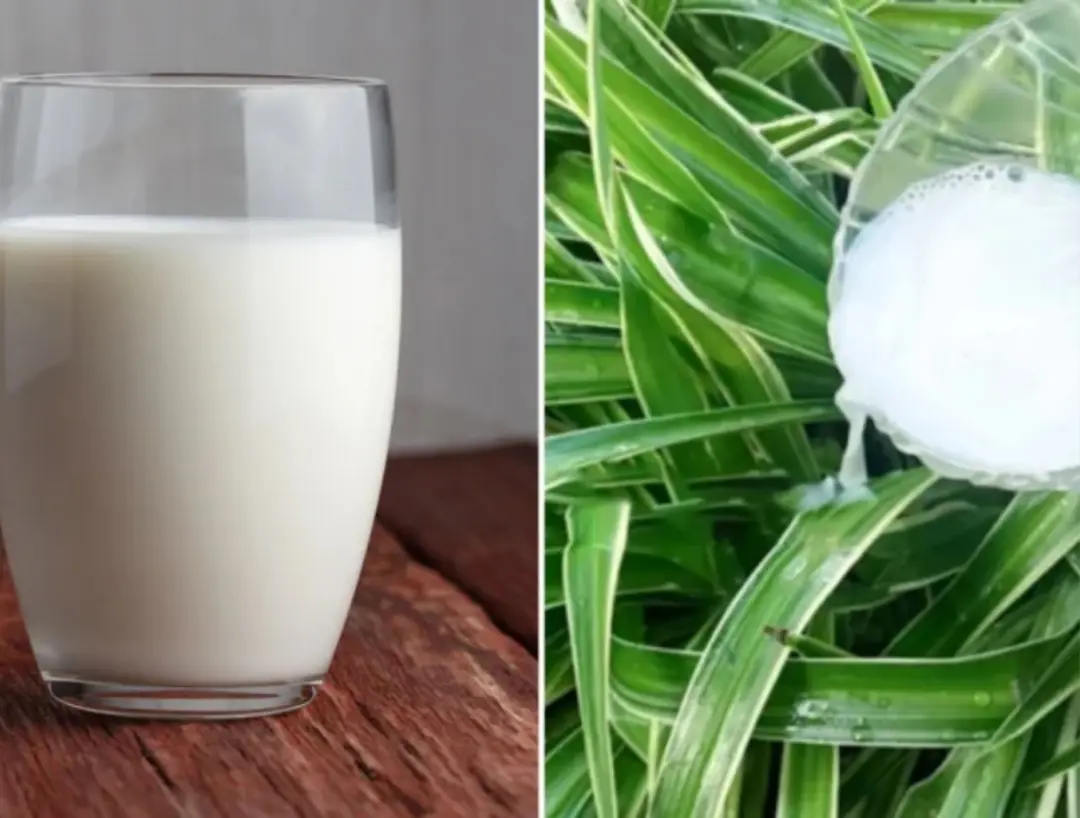
News in the same category


4 Effective Home Remedies to Eliminate Mucus and Phlegm in the Throat, Sinusitis, and Rhinitis

Tips for boiling potatoes without water, in just 5 minutes, the potatoes will be soft and fragrant
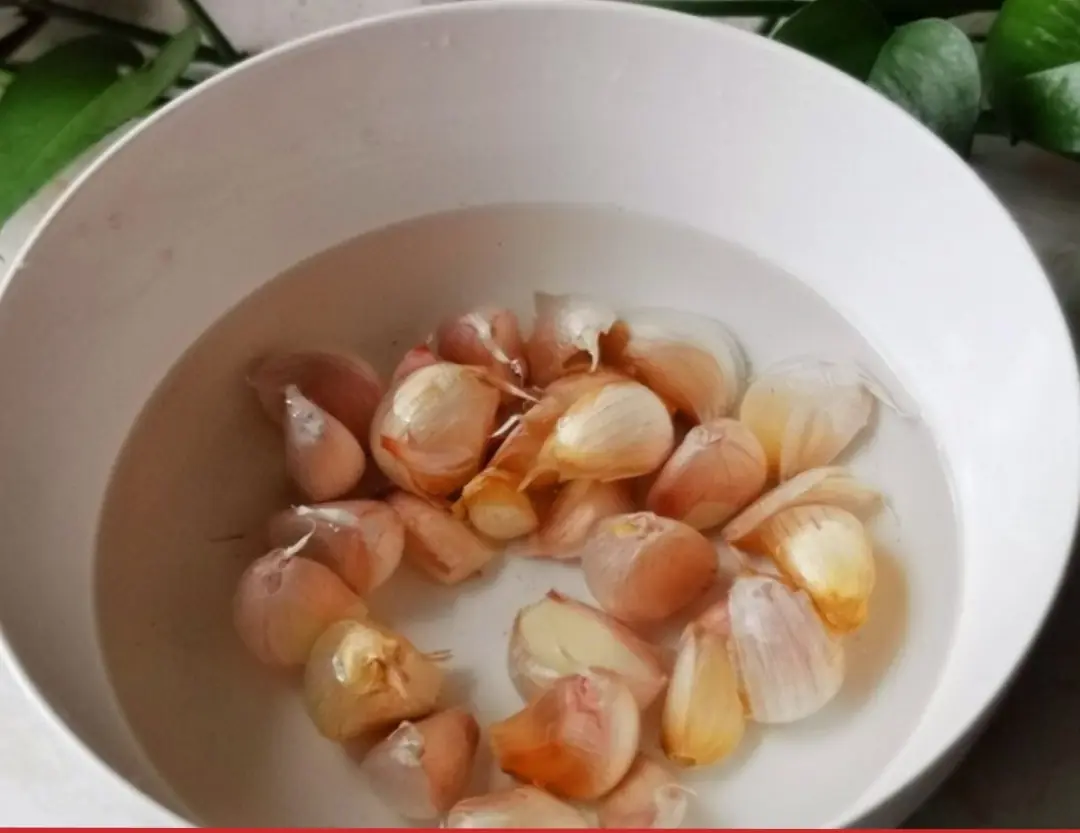
Peeling garlic by hand is old-fashioned. Here are 4 ways that are quick and don't leave a smell on your hands.

6 tips for using beer to condition and wash your hair to make it shiny, black, and reduce hair loss

Not everyone pays attention to this issue
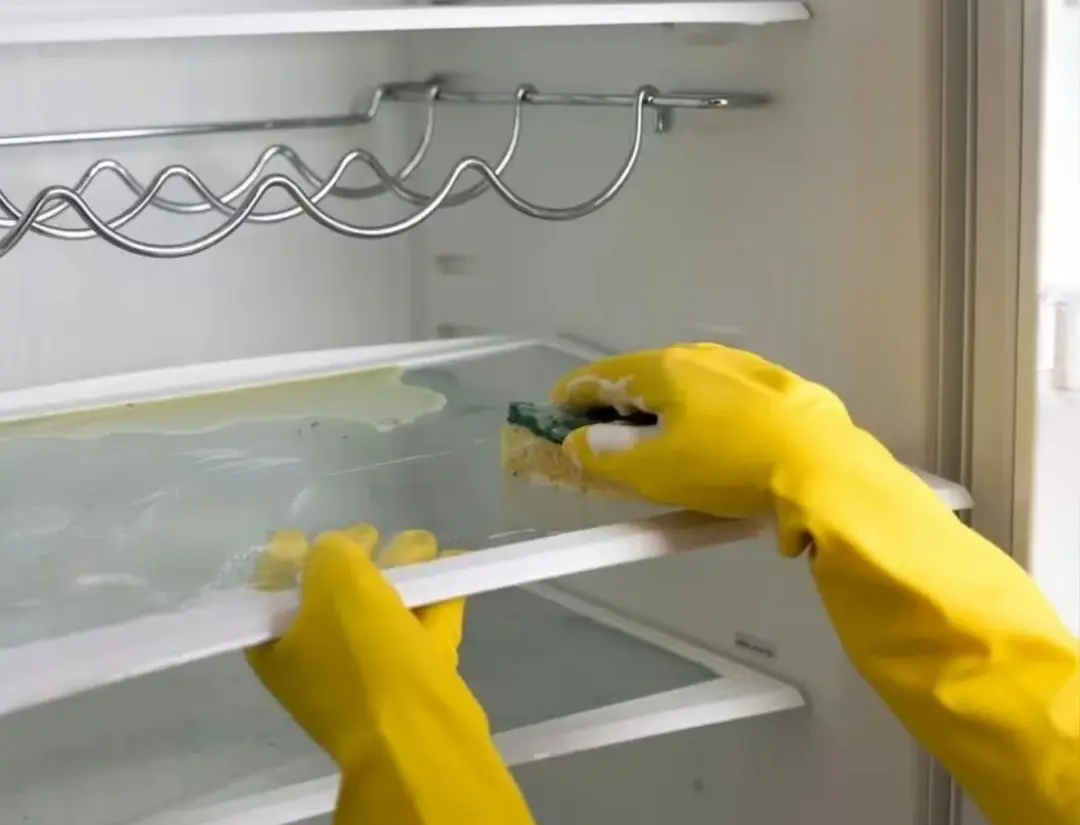
30-minute tip to keep your refrigerator clean and odorless with cheap and safe ingredients
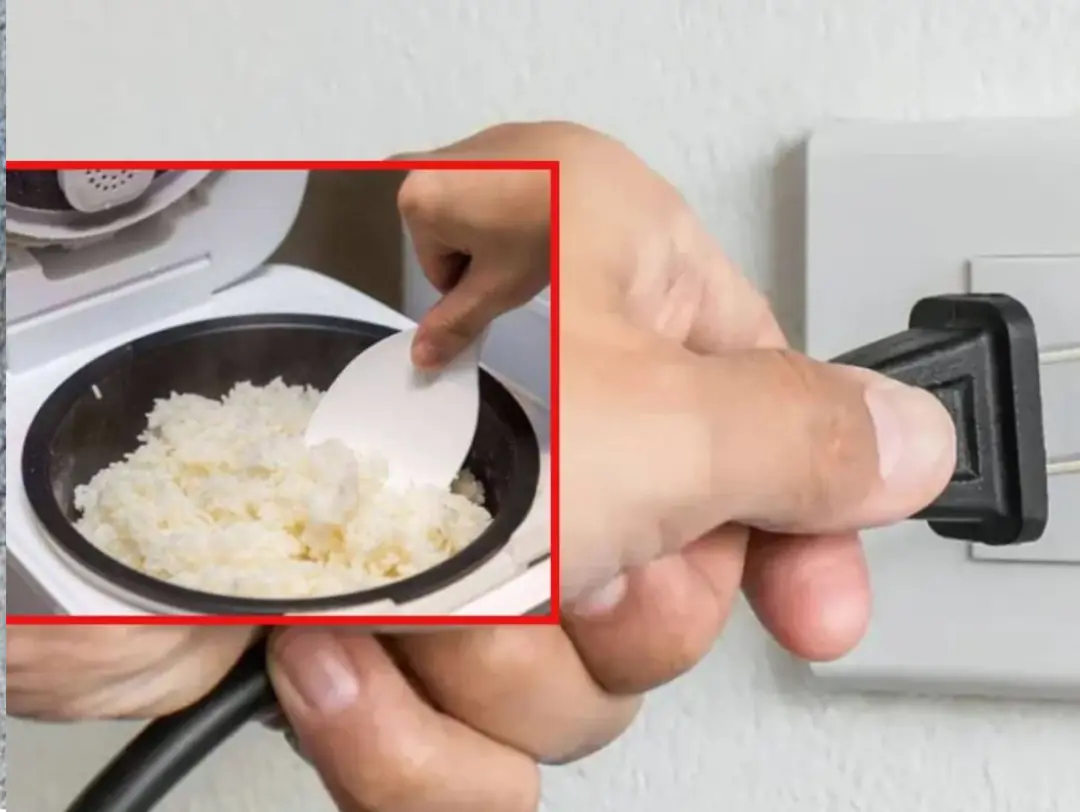
Do You Need to Unplug the Rice Cooker After the Rice Is Cooked: The Surprising Answer
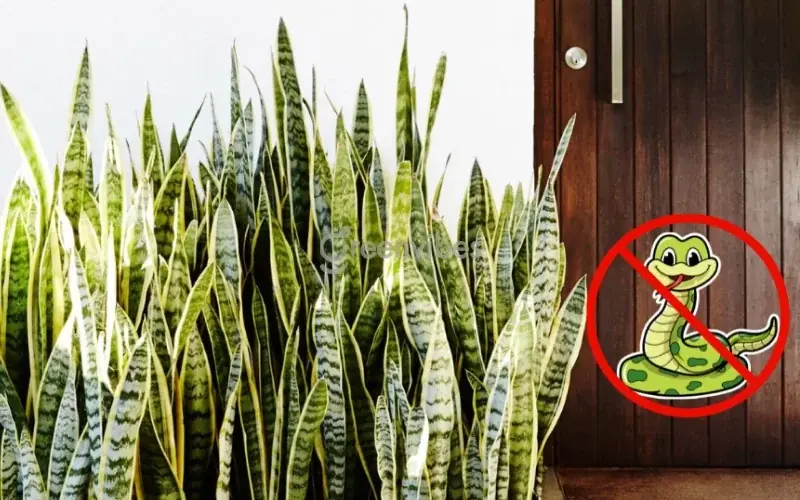
Plant these 5 plants around your house to repel snakes
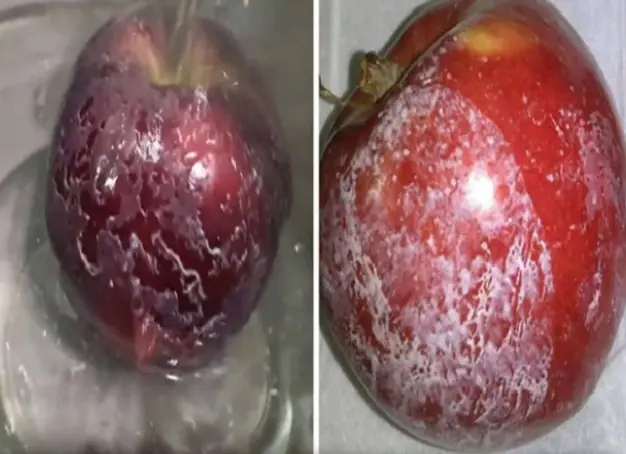
How to effectively remove the wax layer on apples

If your pan loses its non-stick coating, don't throw it away.

How to repel mosquitoes easily

4 warning signs that frozen meat has spoiled
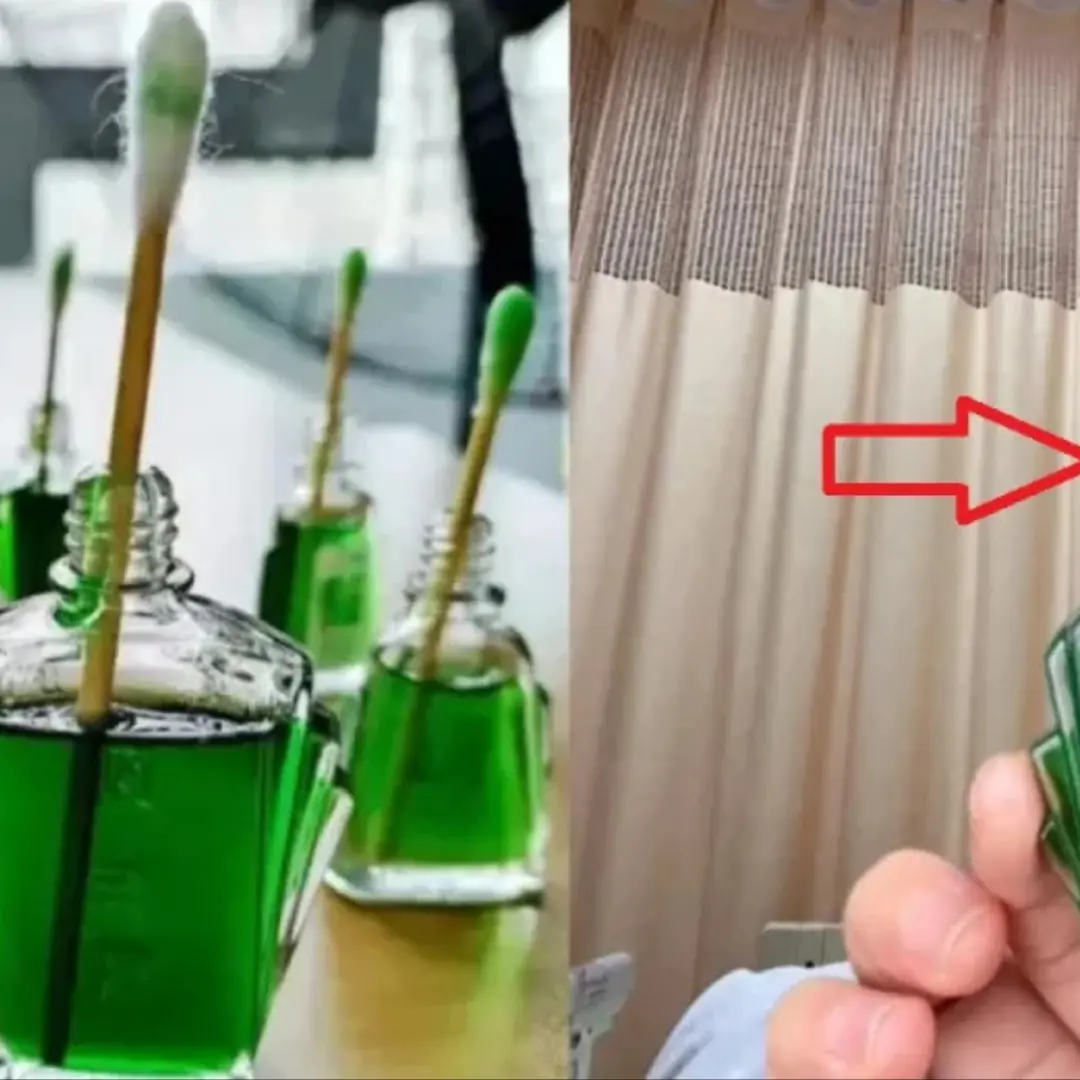
Put cotton swabs in a bottle of essential oil and place it on the bedside table: Simple and the whole family can benefit.
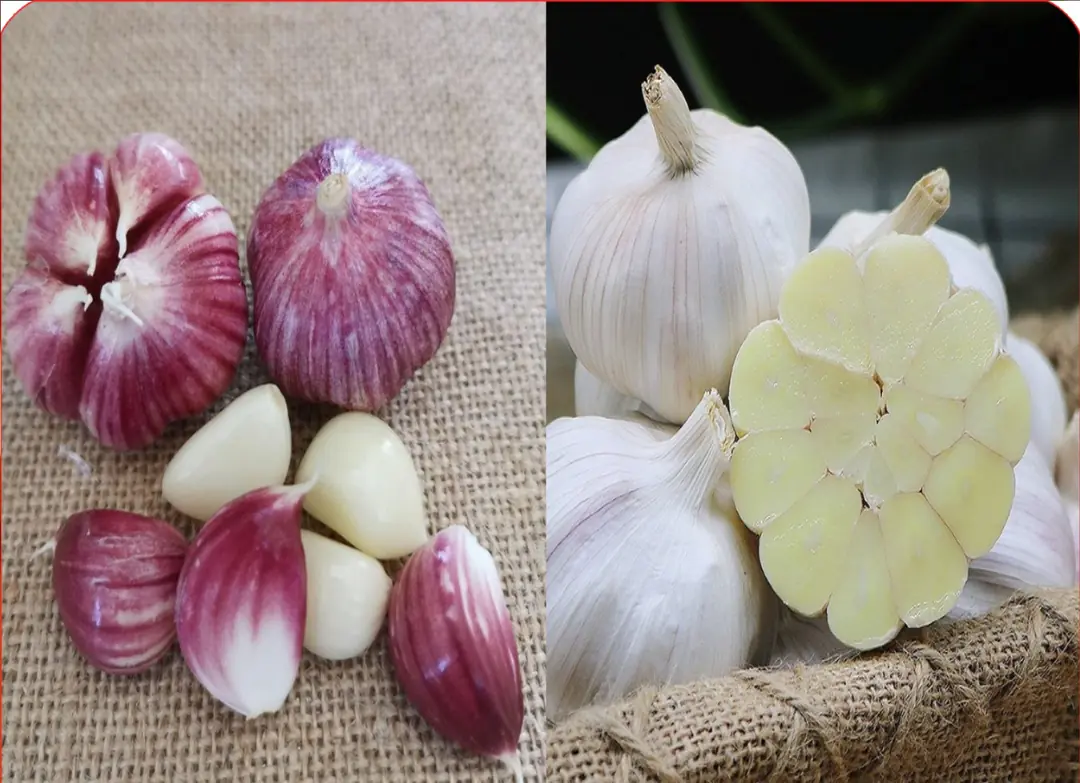
Purple or white garlic skin is better? An old farmer said something, suddenly I was "brain-cleared"
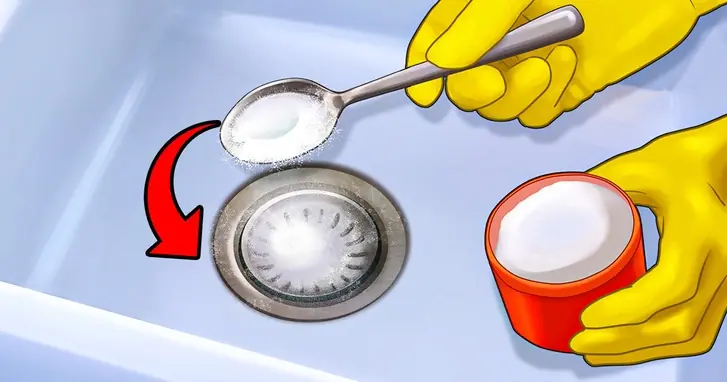
Benefits of pouring salt down the drain

Using 3 kitchen ingredients, ants will never come back, safe for children, effective immediately

Golden tips for shiny leather shoes like new, no polish needed, just need these 4 things to throw away
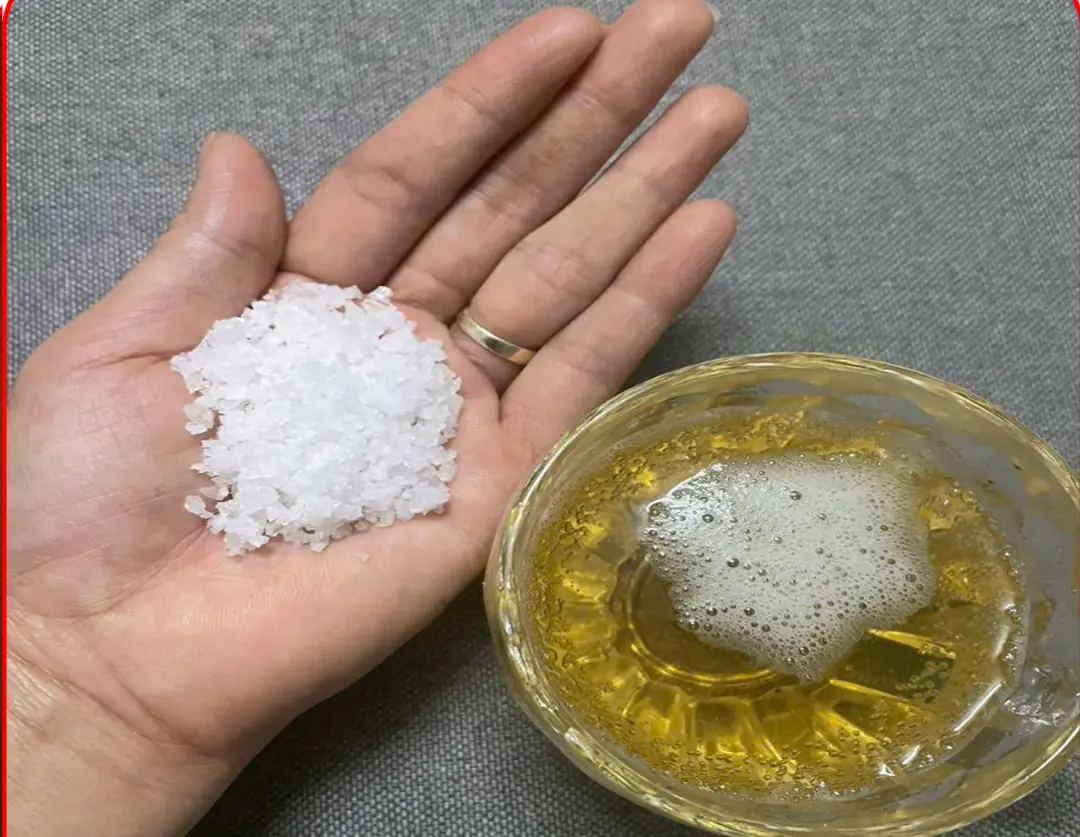
If you drink leftover beer, add a little salt to create
News Post

90% of people using power strips make these mistakes

Regret

Don’t Be Quick to Throw Away These 4 Sprouted Foods in Your Home: They're Not To.xic

How to use rice water and ginger for healthy hair

4 Effective Home Remedies to Eliminate Mucus and Phlegm in the Throat, Sinusitis, and Rhinitis

What is spinach? 9 amazing health benefits

Tips for boiling potatoes without water, in just 5 minutes, the potatoes will be soft and fragrant

Peeling garlic by hand is old-fashioned. Here are 4 ways that are quick and don't leave a smell on your hands.

6 tips for using beer to condition and wash your hair to make it shiny, black, and reduce hair loss

Not everyone pays attention to this issue

30-minute tip to keep your refrigerator clean and odorless with cheap and safe ingredients

Do You Need to Unplug the Rice Cooker After the Rice Is Cooked: The Surprising Answer

Plant these 5 plants around your house to repel snakes

The Way to the Dairy

The Story of An Hour

How to effectively remove the wax layer on apples

If your pan loses its non-stick coating, don't throw it away.

How to repel mosquitoes easily
